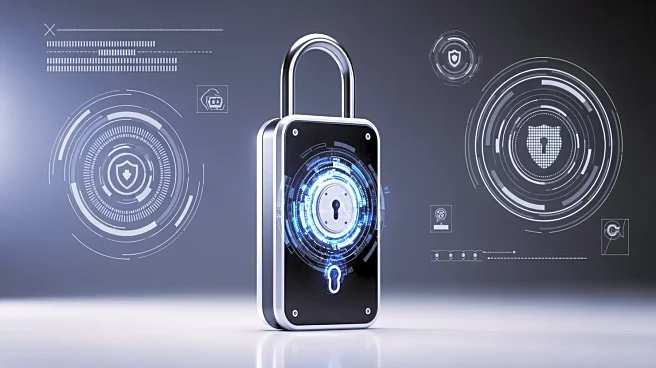What's Happening?
The proliferation of Internet of Things (IoT) devices poses significant security risks to organizations, as highlighted by recent concerns over third-party devices. These devices, often inexpensive and
with minimal security features, are vulnerable to malware, ransomware, and botnets. The BADBOX 2.0 botnet, for instance, has infected over a million low-cost Android devices, creating residential proxy networks exploited for cybercriminal activities. Organizations are advised to implement robust security measures, including vendor due diligence, secure boot verification, and encrypted storage. The US National Institute of Standards and Technology (NIST) provides guidelines for securing IoT devices, emphasizing the importance of unique device identities, secure updates, and comprehensive lifecycle management.
Why It's Important?
The security of IoT devices is crucial for protecting organizational networks from cyber threats. Compromised devices can lead to data breaches, operational disruptions, and financial losses. As IoT devices become more integrated into business operations, ensuring their security is vital for maintaining trust and compliance with regulatory standards. The healthcare sector, in particular, faces higher stakes, as compromised devices can expose patient data and disrupt critical services. Organizations must demand rigorous security proof from vendors to safeguard their networks and operations.
What's Next?
Organizations are encouraged to strengthen their procurement processes by demanding verifiable security updates and transparent support from vendors. The global focus on IoT security, including legislative measures like the UK's PSTI Act and the EU's Cyber Resilience Act, provides an opportunity to enhance contractual requirements. By implementing strong network guardrails and conducting regular security audits, organizations can mitigate the risks associated with third-party IoT devices.
Beyond the Headlines
The emphasis on IoT security highlights the need for a shift in procurement strategies, treating IoT devices as high-risk suppliers. This approach could lead to a more secure and resilient digital infrastructure, reducing the potential for cyber threats. The focus on transparency and accountability in IoT device management may also drive innovation in security technologies and practices.













